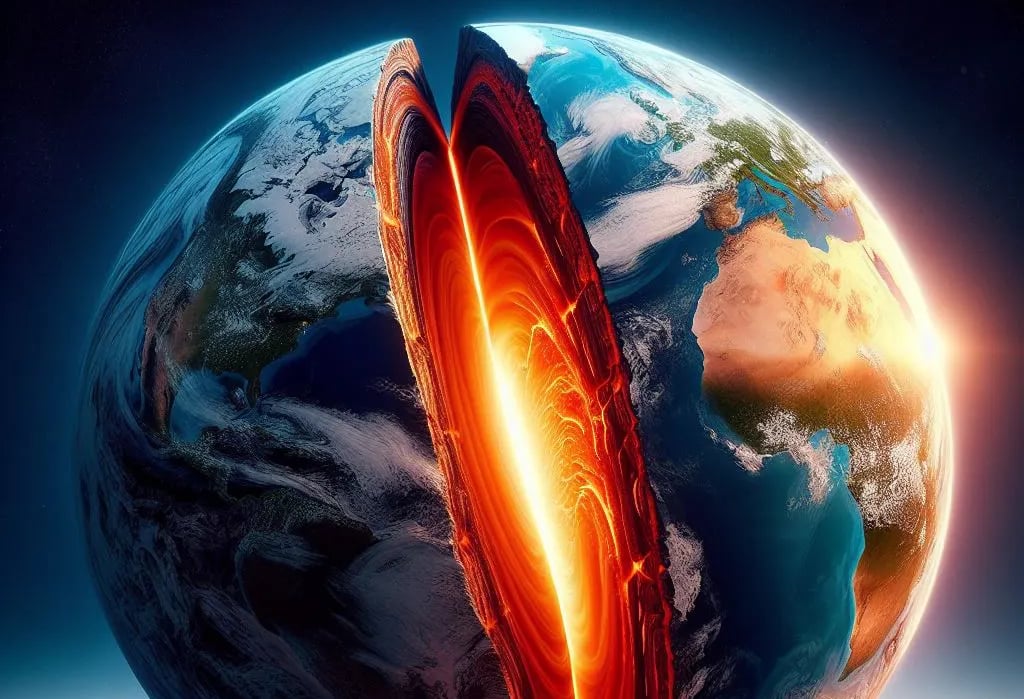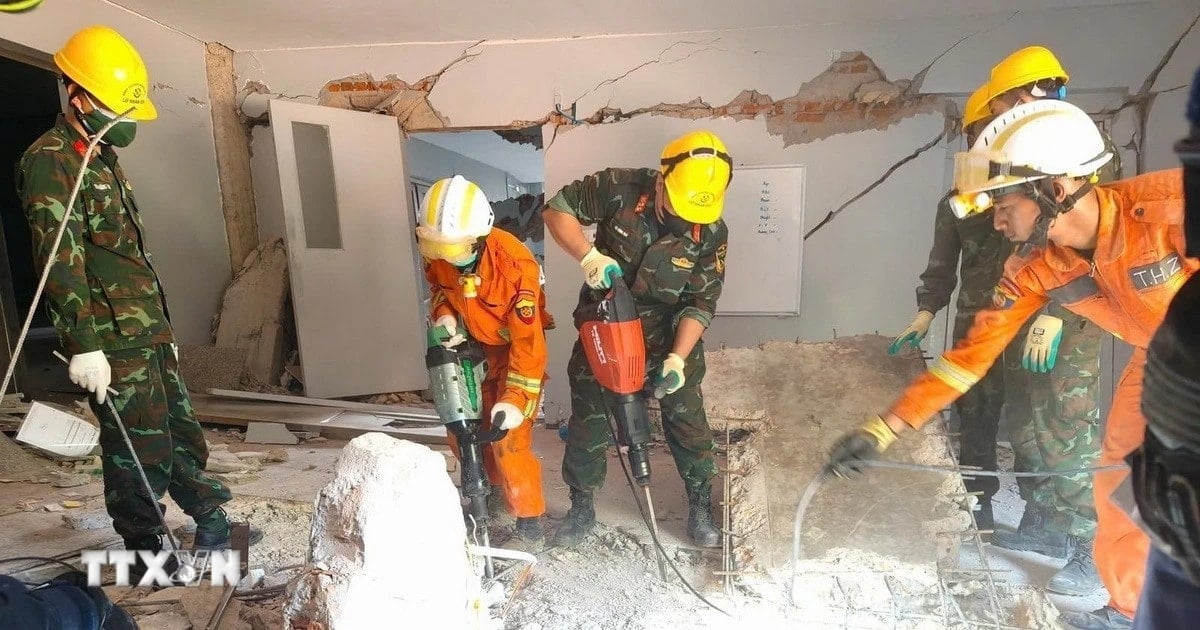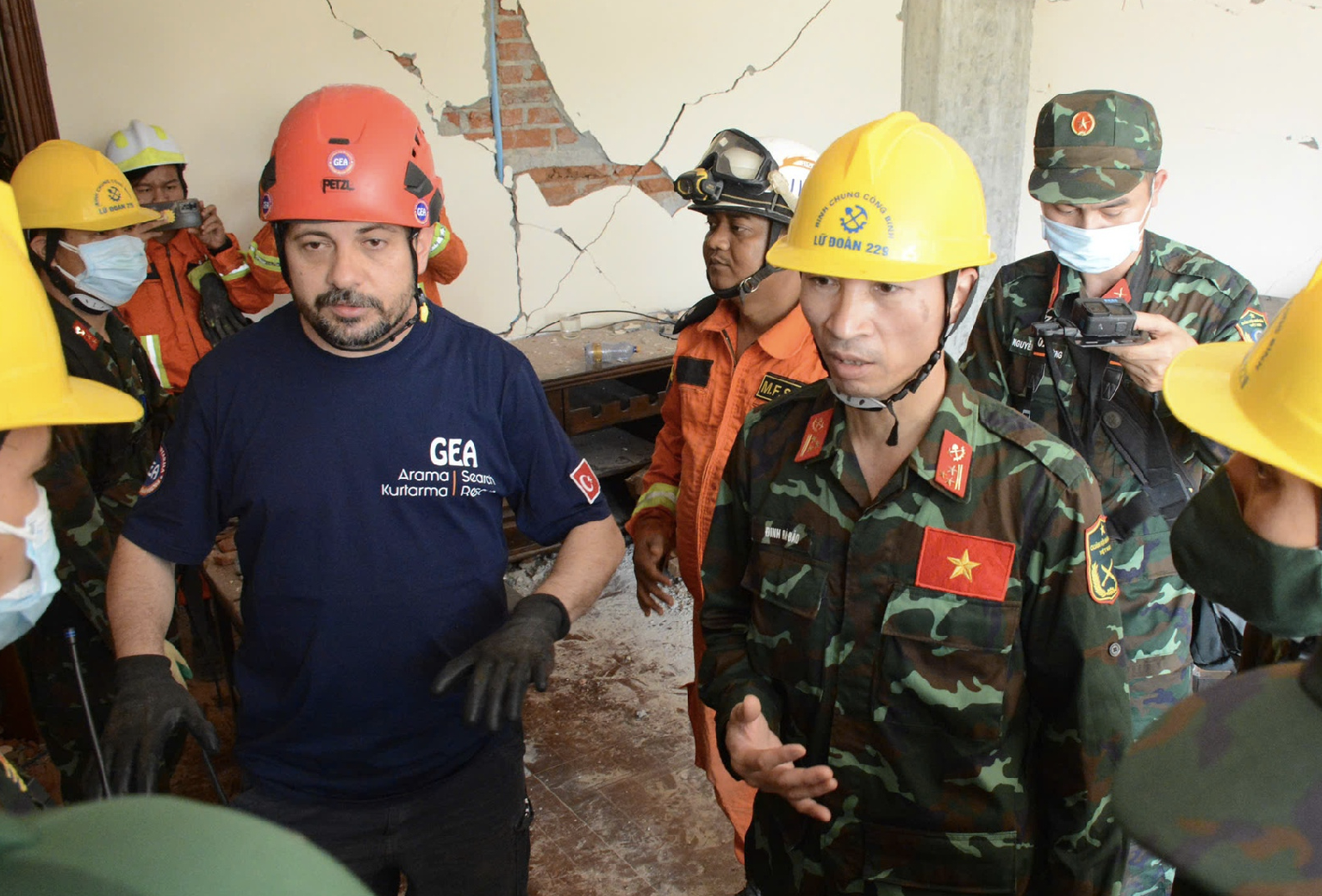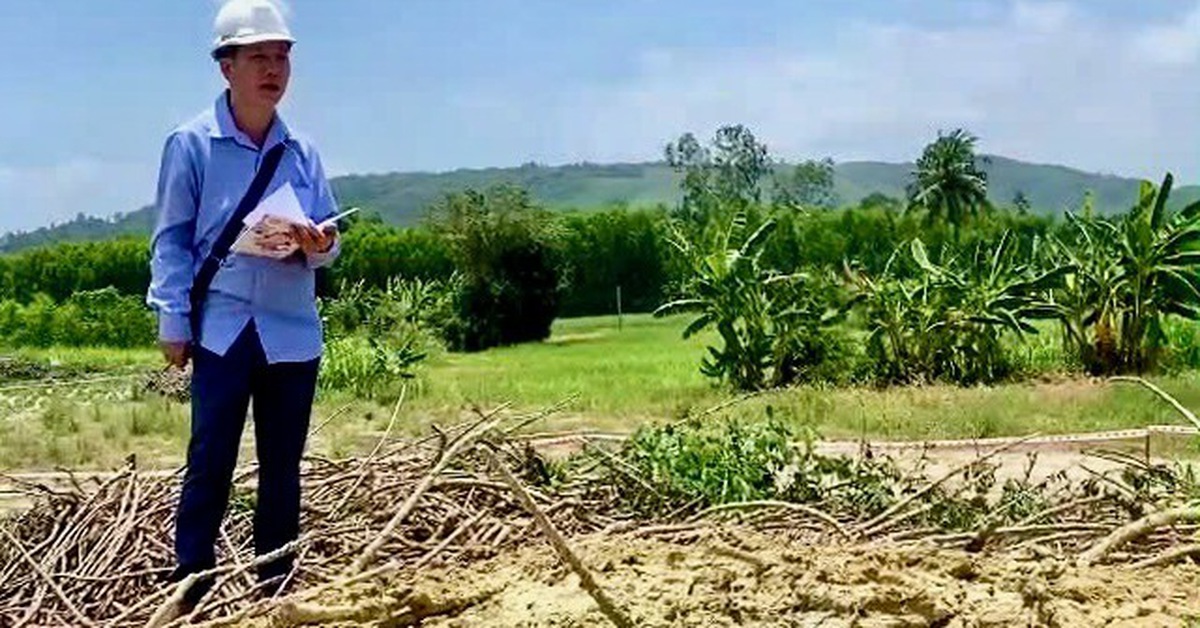(NLDO) - Strange earthquakes in the Vogtland region of Germany, bordering the Czech Republic, could be a sign of unusual activity inside the Earth.
The Vogtland earthquakes are strange because the area does not lie on the boundary of any tectonic plates. Tectonic plates are pieces of the Earth's crust that are constantly moving and often cause geological activity such as earthquakes and volcanoes at the edges of each plate.
To explain this phenomenon, a team of scientists led by Dr. Torsten Dahm, a geophysicist at the GFZ German Research Center for Geosciences, deployed a new network of seismometers in the area.
From there, they point out an unexpected mechanism that could be the cause of earthquakes.

Beneath the Earth's thin crust are hot structures including the upper mantle, lower mantle, outer core and inner core - AI graphic image
These seismometers recorded a series of earthquakes in late March that were unlike any other in the region.
Specifically, the epicenters of the earthquakes in this series appear to have drifted 15 km north of the previous series, suggesting that rather than occurring on a vertical fault axis, the series appears to involve a horizontal structure.
This reveals the complex seismic situation beneath this picturesque area of rolling hills and lush green pastures.
Speaking to Live Science, Dr. Dahm said the reason for the earthquakes in the area is still unclear, but it is likely that they are the result of CO2 gas bubbling from magma fluid at a depth of about 50 kilometers.
However, there are no active volcanoes in the area and there is little evidence of ancient volcanic activity.
There is one possible scenario that could explain this: In a rare event, magma in the mantle below the area was released, escaping up into the crust.
Compression in the crust would likely keep these magmas from erupting, but they could build up in the crust over time.
This leads to two possibilities. One is that in the next tens to hundreds of thousands of years, new volcanoes will develop in the area.
The second is a more benign scenario: They simply stay stuck there, moving around and causing mild earthquakes.
The discovery, which suggests magma seeping from the mantle, could also help explain strange earthquakes elsewhere in the world.
The mantle is the layer just below the crust in the Earth's structure, where many complex geophysical and geochemical activities take place that affect the development of the planet and everything that exists on the surface.
Source: https://nld.com.vn/magma-xi-khoi-lop-phu-trai-dat-sui-bot-ben-duoi-duc-czech-196240512091238285.htm


![[Photo] "Beauties" participate in the parade rehearsal at Bien Hoa airport](https://vstatic.vietnam.vn/vietnam/resource/IMAGE/2025/4/11/155502af3384431e918de0e2e585d13a)


![[Photo] Looking back at the impressive moments of the Vietnamese rescue team in Myanmar](https://vstatic.vietnam.vn/vietnam/resource/IMAGE/2025/4/11/5623ca902a934e19b604c718265249d0)


























![[Photo] Summary of parade practice in preparation for the April 30th celebration](https://vstatic.vietnam.vn/vietnam/resource/IMAGE/2025/4/11/78cfee0f2cc045b387ff1a4362b5950f)





























































Comment (0)